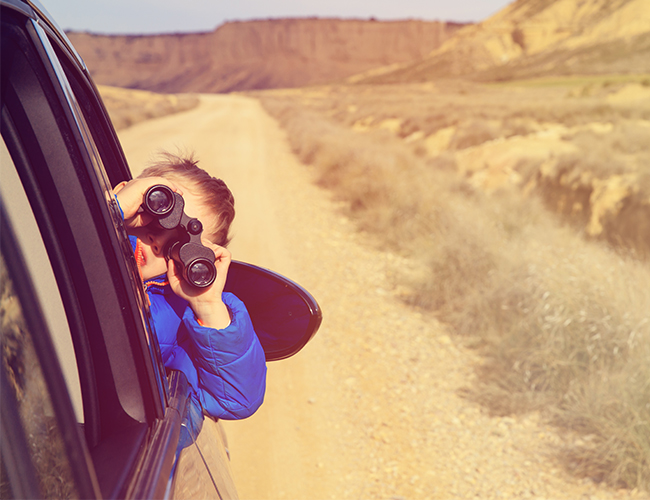The headshot — a formal portrait that includes only the subject’s head, neck, and shoulders — has been around for probably a century. But what makes a great headshot?
Used originally by the entertainment industry (“glossies”), a great headshot today is a staple of nearly every professional sector, and headshots are a requirement of social media (LinkedIn), traditional media (annual reports, investor relations, directories), and new media (corporate websites and blogs).
Entertainment/modeling headshots are meant to be as accurate as possible. As a photographer, you want to capture every scar, mole, and nubbin (except, of course, temporary imperfections like pimples or insect bites). But for corporate headshots, you want to make the subject as “pretty” as possible. This includes complementary lighting (a simple fill flash in an umbrella plus the sun as your backlight), cropping (tighten up on the face), and post-processing (make those eyes pop, and make the skin slightly smooth without turning the subject into Barbie [or Ken]).
For posing, most corporate headshots are fairly standard: Face to the camera, one shoulder back (3/4), fill the frame. Getting a little more arty, you can tilt the head or turn the head a bit, but try not to “break the cheek.” This means, don’t let the tip of the nose break the plane of the opposite cheek. All this does is accentuate the nose — not a good thing in general.
Try to shoot from a little above your subject. Shooting from below is never good… extra chins, hooded eyes, nasal cavity exposure, etc. Yikes. If you’re a character actor who mostly plays creeps and bad guys, go for it. If you’re the CFO of a biotech firm, AVOID.
Master portrait photographer Peter Hurley has a VERY helpful YouTube video that explains his approach to using the jawline in a headshot. This can especially help clients who have a few extra lbs in the face or a weak jaw/chin. Well worth a 15-minute investment!
Lastly, you don’t need a ton of equipment to shoot good headshots. I normally shoot outdoors (whenever possible) utilizing natural shade, which gives me fewer shadows. An overcast day is best of all. Worst of all? Dappled light (like you get from the shade from leafy trees). In theory (and to your eye), it’s beautiful and poetic. To a camera, it’s a flat out nightmare. I also use one off-camera flash for fill as well as some kind of diffuser (an umbrella or small softbox) on a stand. An ETTL cable or triggers completes the package. Even without the flash, you can still get good results with a little bit of post-processing or in-camera exposure compensation (try +1 or +2). I normally like mobile phone cameras for casual captures, but for headshots, please don’t. The super-wide angle lenses they use will distort faces when you get in close (do try this at home). The classic headshot lenses are 50mm and 85mm, but you can go longer if a camera in close makes your subject uncomfortable. Make sure you focus on the eyes and use a medium aperture (f/5.6 or so) to ensure all features are in focus.
And of course, for the best results, hire a professional for a great headshot of yourself!
P.s. For an entertaining (and educational) look at some entertainment headshots over the past 40 years, check out Aaron Lustig’s work. He’s an acting teacher at the famed Lee Strasberg Theatre & Film Institute in Los Angeles.







